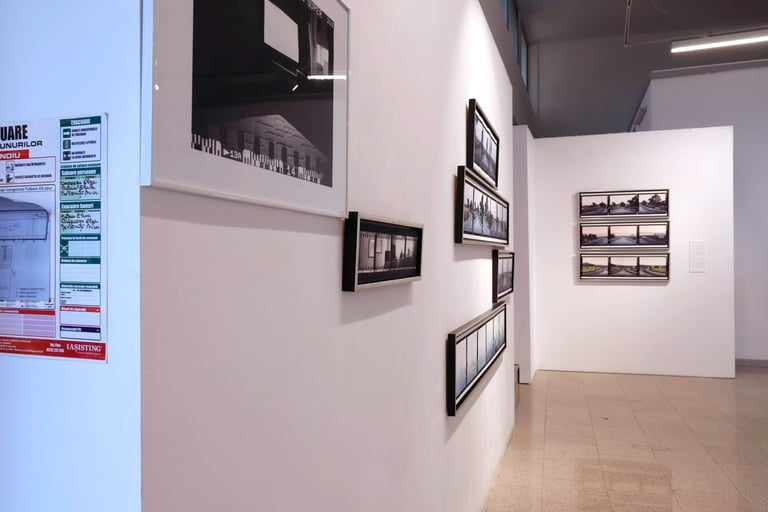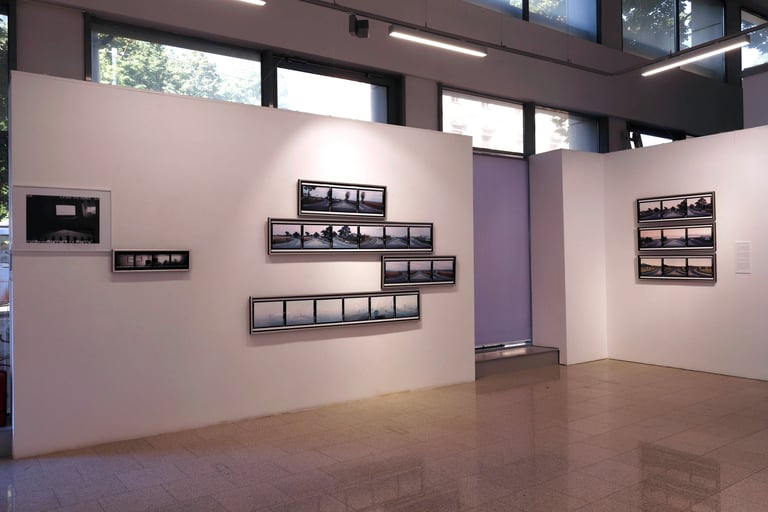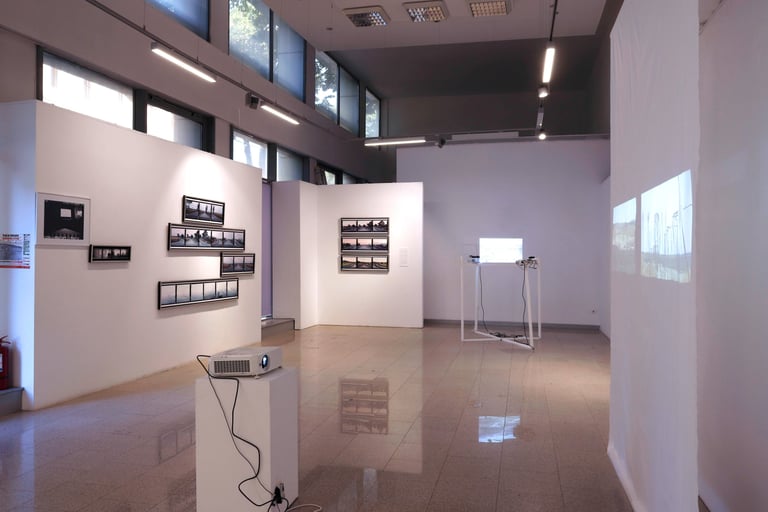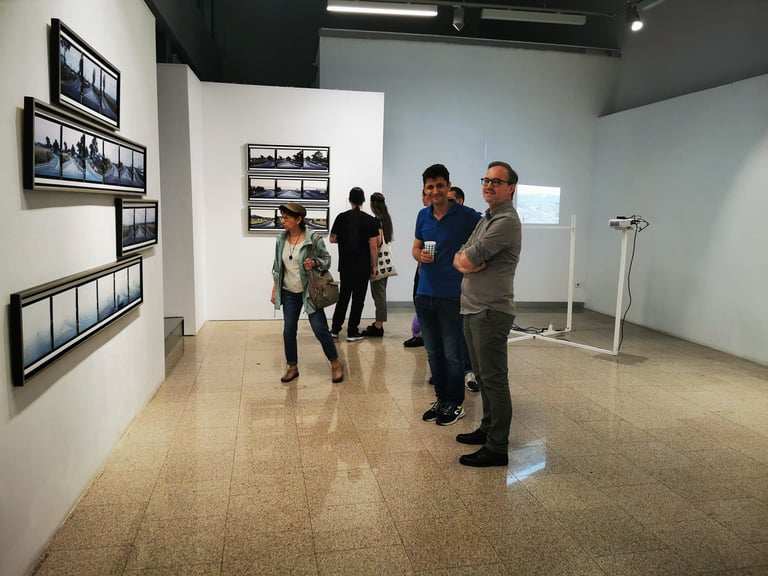



















framing and other options
about context II
The intellectual, social and political stakes of the artistic genre of the landscape cannot be precisely identified, being an integral part of the understanding of the human experience. This inability to separate is also generated by the fact that there are elements in the landscape that cannot describe it either as a foreground, as a background, nor as a center, nor as a periphery. The area of fusion of multiple incapacity for classification, makes, including, the landscape difficult to be "seen", especially when it comes to familiar places. We can speak of a duplicity of the landscape, which simultaneously accepts subjective experiences and pleasure, assuming also the role of social manifestation of authority and property.
All these general reflections on the landscape are elements of theorizing of this artistic genre. From the position of the practitioner, more specifically, of the one who works with the photographic medium, one of the dimensions of the landscape is related to the practical understanding of the unmediated concrete, such as nature and territory. However, the intercession of the photographic camera, the work with the photographic frame, so the environment itself, dilutes the understanding of this "unmediated reality". I work with the photographic image as an mediated message, full of subjectivity, fully committed for not promoting the artistic metaphor as truth.
The immediate temporality consumed individually, between the extremes of isolation at home and the periods of relaxation, continued without transition with the information bombardment generated by the war in Ukraine, are the elements that determine ways to rediscovery the small universe, the house, the daily routes, and all the elements that generate a sense of familiarity - a search for a lost predictability. Photographing the symbols of mobility and then re-photographing them, performed as a ritual of the normality of everyday roads and the options of new possible ones, building on individual understandings and continuous reconfigurations of fears and, simultaneously, priorities.